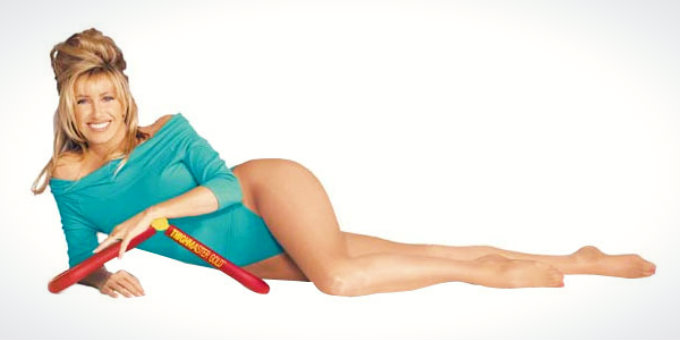Fencing is a sport in which two opponents duel with swords. Its origins are in the long tradition of armed combat, and it started to develop from nonlethal military training into a sport by the middle of the 18th century. When Italian fencer Domenico Angelo established a fencing academy in London in 1763, he preferred to focus on its physical benefits rather than its lethality, as he taught the art to the aristocracy. Many of the footwork and posture rules established by Angelo’s instructional book survive in the sport today. In modern fencing, points are scored with “touches,” strikes to designated target areas determined by the match’s fencing style. There are three styles of modern fencing, each named for the weapon used.
FOIL
This is probably the sword most people first think of when they imagine fencing. It is a light, thin weapon designed for thrusting, with a circular, curved guard to protect the hand. The blade is usually flexible. Foil fencing targets the torso, groin, and neck. Touches that hit a non-target area, like the arms or legs, halt the match but do not score a point. A hit with the side of the blade neither scores a point nor halts the action, even if it hits a target area. If both fencers touch at the same time, the referee determines the point according to a set of “right of way” rules, determined by the first of the fencers to correctly initiate an attack. Find Foil Swords and Fencing Gear on Amazon.com
EPÉE
The epée, like the foil, is a thrusting weapon, but it is heavier than the foil and has fluted edges. The hand guard on an epée is larger and extends further than that of the foil. It’s based on an older dueling weapon called a rapier, and designed to inflict a thrust wound out of which blood would flow more freely. The hand guard is larger because a touch to any part of the body scores a point. However, as in foil fencing, only a strike with the tip of an epée can score. Hits with the side of the blade do not count and do not stop the action. Epée lacks the right-of-way rules of foil and sabre, which means both fencers may score on a double touch. There is one exception: if the score is tied with one point to win, neither fencer scores on a simultaneous touch. Find Epee Swords and Fencing Gear on Amazon.com
SABRE
A sabre is a light weapon with a flat blade designed to cut and thrust, rather than its exclusively thrusting companions. Its guard is similar to the foil at the base of the blade, but the part curves down to meet the end of the hilt. Its ancestor was the cavalry sabre, and sabre fencing derives its target area from horseback sabre-fighting. In sabre, the entire upper torso can be hit, including arms except hands. Touches with sabre can be scored with the front of the blade, a portion of the back, or the point. Unlike foil, touches outside the target area do not halt the action. As in foil, points on simultaneous touches are determined by right-of-way rules. Find Sabre Swords and Fencing Gear on Amazon.com
Fencing emphasizes etiquette and technique. While not as popular as mainstream sports, such as soccer, baseball, and football, it’s still an interesting and time-tested way to be active.










